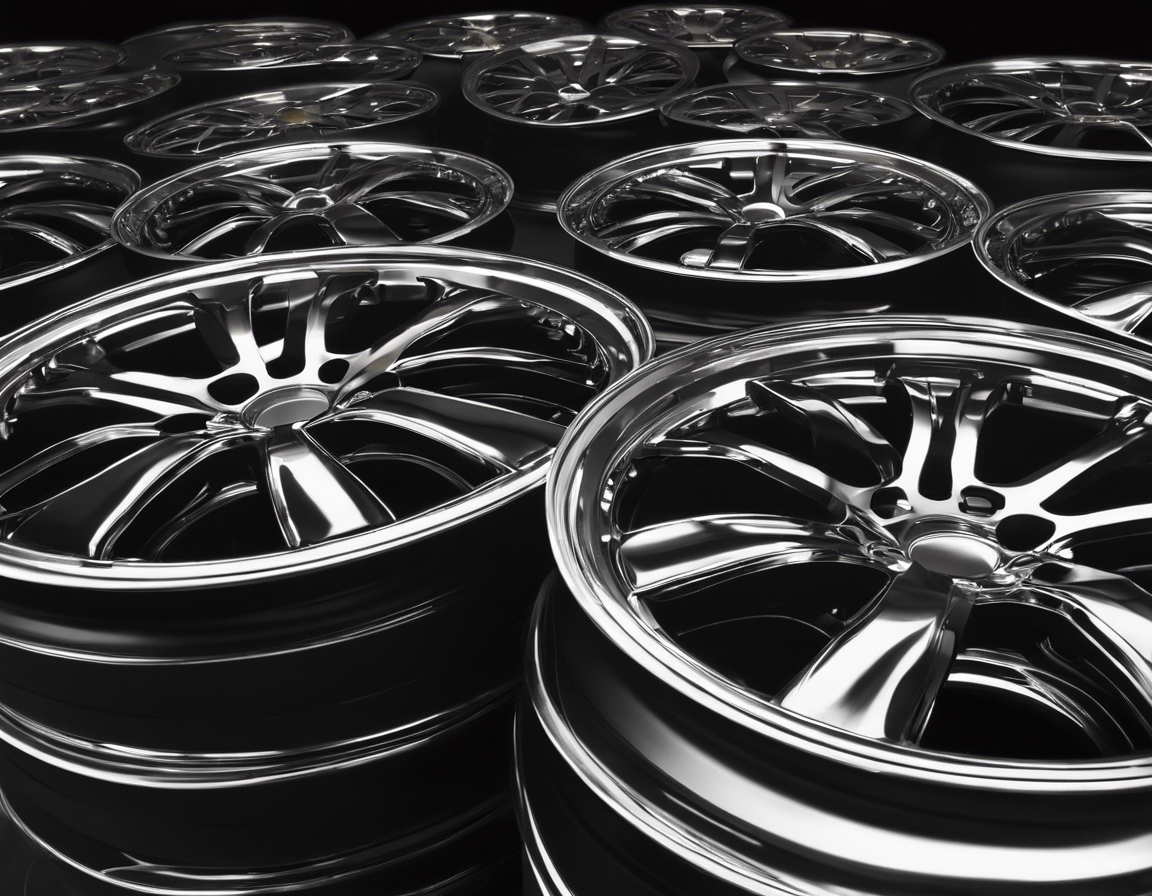Winter vs. summer tyres: making the right choice
When it comes to vehicle maintenance, choosing the right type of tyres is crucial for ensuring safety and performance on the road. Tyres are not just a single component but a complex product designed to match specific weather conditions and driving environments.
Seasonal tyres are specialized to provide optimal performance and safety features tailored to the conditions they are designed for. In Estonia, where the climate can vary drastically between seasons, it's essential to understand the differences between winter and summer tyres.
Characteristics of Winter Tyres
Winter tyres are constructed with a softer rubber compound and unique tread patterns that are specifically designed to maintain flexibility in cold temperatures and provide better grip on snow and ice.
These tyres excel in winter conditions, offering improved traction and handling when the temperature drops below 7°C, which is common in Estonian winters.
Characteristics of Summer Tyres
Summer tyres, on the other hand, are made with a harder rubber compound suitable for warmer temperatures. They feature a simpler tread pattern that maximizes contact with the road surface.
They are optimized for performance in wet and dry conditions during the warmer months, providing excellent grip and stability.
Comparing Winter and Summer Tyres
Winter tyres outperform summer tyres in snowy and icy conditions due to their specialized tread designs, while summer tyres offer superior handling and stability in dry and wet conditions at higher temperatures.
The braking distance of winter tyres is significantly shorter on snow and ice compared to summer tyres. Conversely, summer tyres provide better braking performance on dry and wet roads during warm weather.
Summer tyres tend to be more fuel-efficient and have a longer lifespan in warm conditions, whereas winter tyres may wear down more quickly if used during the summer.
Legal Requirements and Recommendations in Estonia
In Estonia, it is mandatory to use winter tyres from December 1st to March 1st. This regulation ensures that all vehicles are equipped to handle the winter driving conditions safely.
While not legally required, it is highly recommended to switch to summer tyres when temperatures consistently rise above 7°C to ensure optimal performance and safety.
How to Make the Right Choice
Choosing the right tyre depends on your typical driving conditions. If you frequently encounter snow and ice, winter tyres are a must. For predominantly warm weather driving, summer tyres are the better choice.
While having two sets of tyres may seem costly, it can actually save money in the long run by extending the life of each set and ensuring safety and performance.
It's important to change your tyres at the right time to get the most out of their seasonal advantages. A good rule of thumb is to switch to winter tyres when temperatures consistently fall below 7°C and to summer tyres when they rise above this threshold.






Comments (0)